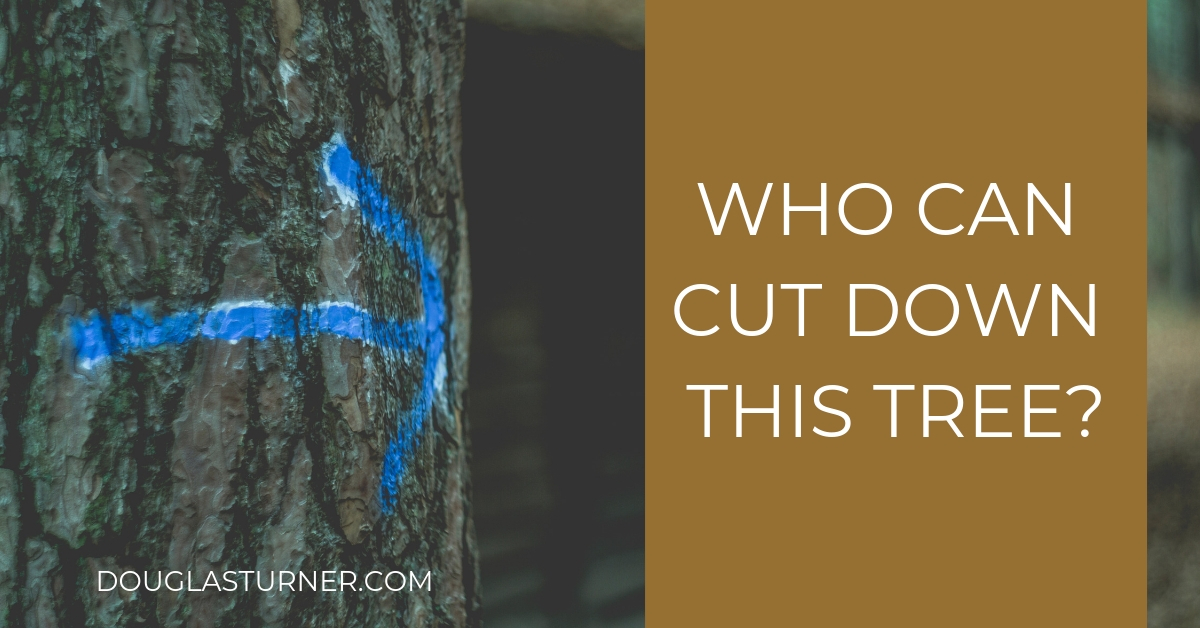Boundary Disputes: Your Tree? Or Not Your Tree? That is the Question!
 When a tree grows and then straddles the land of two property owners, whose tree is it? In Colorado, it depends. The starting point is the tree belongs to the owner upon which the tree first grew.
When a tree grows and then straddles the land of two property owners, whose tree is it? In Colorado, it depends. The starting point is the tree belongs to the owner upon which the tree first grew.
In the Colorado mountains, residential disputes over trees are not all that common because most trees are some version of a conifer tree. However, in the metro areas where trees grow to over 100 feet in height and several feet in diameter, disputes over trees, branches, debris, and roots are more common. Disputes arise when one property owner wants to keep the tree and the other does not. If the tree is completely on the land of one owner, the tree probably belongs to that land owner. But what if the tree started on the land of Owner #1 and grows so large that it’s trunk is now straddling the property line with Owner #2? Whose tree is it?
In Colorado, the answer depends. The starting point is the tree belongs to the owner of the land where the tree initially grew before it encroached upon the adjacent landowner’s property. However, there are exceptions. First, this is an encroachment example and not a tree that is a boundary line tree. Second, the encroaching tree can become the joint property of both landowners if the tree is jointly cared for, jointly planted, or considered a partition between the properties.
Owning the tree has both benefits and liabilities. If the tree is jointly owned, no single owner may remove the tree nor can one joint owner maintain a nuisance action against the other joint owner. If the tree is owned by just one landowner, only that landowner may cut the tree down, but the neighboring landowner may have legal claims against the tree owner for nuisance.
This rule is not the rule in many other states. It is a rule developed by Colorado caselaw. The logic is that a neighboring landowner should not be forced into a joint ownership situation simply by acquiescence. Don’t forget that for every rule there are many exceptions. So, before you take an axe to that tree, please be sure it is your tree to cut and some other rule (like protective covenants) does not apply.


